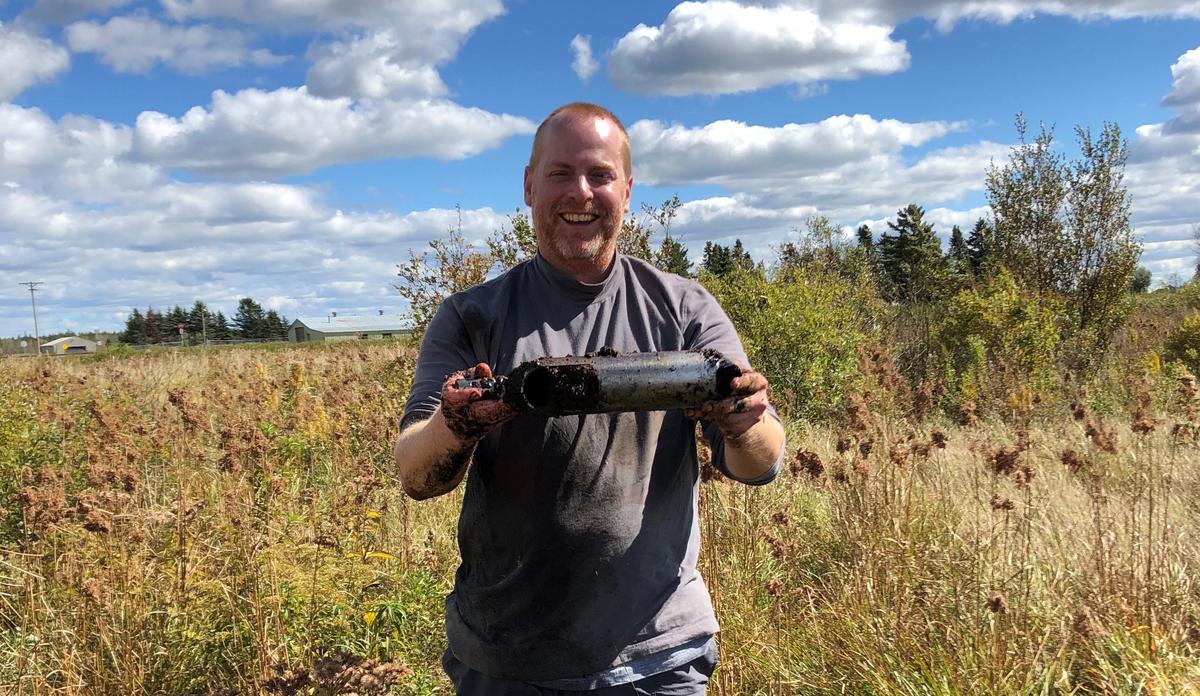A self-described data nerd, Chris Filstrup likes to wade deeply. An apt description for an applied limnologist who studies lakes and streams and their responses to human-caused stressors, like climate change and land use.
“I like to dig into the data to see how management strategies play out at large spatial scales, like lakes distributed across the entire United States,” said Filstrup.
When he’s not wearing his principal investigator hat for a large and complex project to discover chemicals in the sediment of the Great Lakes, or not wearing his Chief Editor hat for Limnology and Oceanography Bulletin, Filstrup looks at algae. Very, very closely. Specifically, he has an ongoing research project funded by Minnesota Sea Grant to understand what is causing increases in harmful algal blooms – the kind that produce toxins that make people sick and can kill pets and livestock.
Not an acceptable scenario for the Land of 10,000 Lakes.
Filstrup is excited about partnering with UMD’s Large Lakes Observatory to use cutting-edge molecular methods that lead to a better understanding of these algal blooms at the genome level. Do the strains have the genes to potentially produce toxins? If they do, are the genes wired to produce them?
“With this information, resource managers will be able to develop proactive approaches to warn people about potential danger before the toxins are in the water,” he said. “Current assessment approaches are expensive and require complex lab instruments and technical expertise. Our goal is to develop a tool that is quick and inexpensive.”
Collaborations
To think about lakes in their larger context, Filstrup needs to understand the landscapes, forests and minerals that surround them.
“I come in with a limited understanding of these disciplines and NRRI has expertise in all of these areas,” he said. “My colleagues are happy to sit down and chat about project ideas.”
For example, Filstrup is interested in understanding how mine pit lakes function differently than natural lakes. He can easily have conversations with experts in the Minerals and Metallurgy Platform to understand how these lakes were created and how the underlying geology may affect lake quality.
He collaborates broadly across the University system to understand water quality issues, and with extension educators to increase awareness of issues in communities.
Within NRRI, Filstrup appreciates Grants Coordinator Megan Gorder who works with him from budget to proposal development to attract external research funding.
“This funding is critical to the operation of my lab and allows us to develop solutions to some of the most difficult management solutions facing Minnesota,” he added.
Passing Pandemic?
In addition to being a data nerd, Filstrup admits to being a foodie. So when pandemic restrictions lift, he’s really looking forward to restaurant dining again -– from dive bar to Michelin star.
“But before I hit the road, I think having friends over for a barbeque sounds awesome.”
